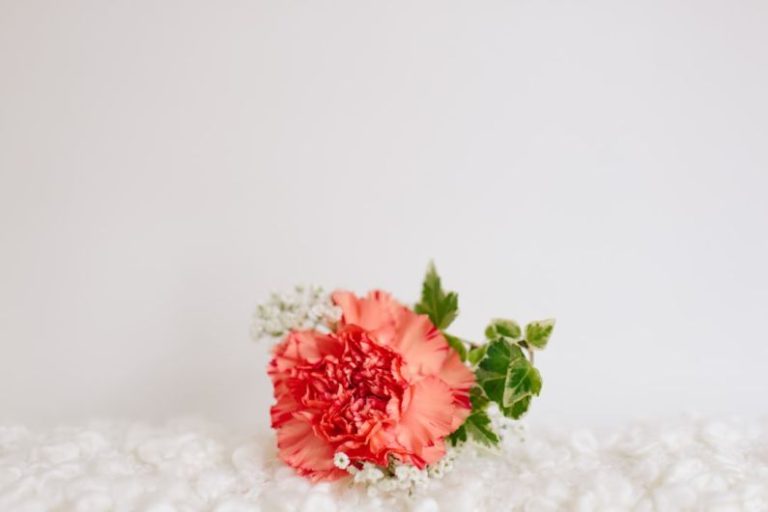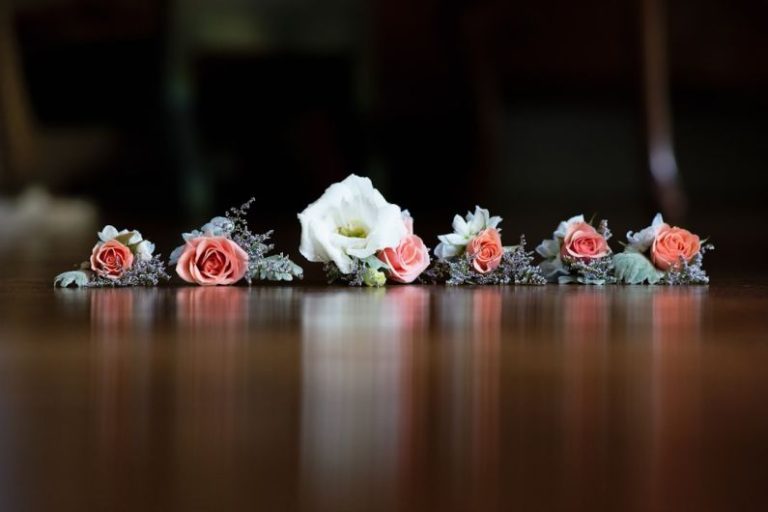
Buttonholes are a crucial element in clothing design, providing both functionality and aesthetic appeal. They serve as openings in fabric to secure buttons, allowing garments to be fastened and unfastened easily. While buttonholes may seem like a simple feature, there are actually several different types that can be used depending on the garment style and design preference. Understanding the various types of buttonholes can help designers and sewists choose the most suitable option for their projects. Let’s explore the different types of buttonholes and their unique characteristics.
**Standard Buttonhole**
The standard buttonhole is the most common type and is typically used in a wide range of garments, from shirts to skirts. It is created by sewing a rectangle shape with two parallel lines of stitching on either side and two shorter lines at the ends to secure the fabric. Standard buttonholes are versatile and can be made in different sizes to accommodate various button sizes.
**Keyhole Buttonhole**
The keyhole buttonhole, as the name suggests, resembles a keyhole shape with a round end and a straight slit leading to it. This type of buttonhole is often used on tailored garments such as coats and jackets, providing a sophisticated and elegant look. The keyhole buttonhole is ideal for thicker fabrics and adds a decorative touch to the garment.
**Bound Buttonhole**
Bound buttonholes are a more intricate and decorative type of buttonhole that involves creating a fabric border around the buttonhole opening. This technique requires precision and skill but results in a clean and polished finish. Bound buttonholes are commonly seen on high-end garments and couture pieces, adding a touch of luxury to the design.
**Rounded Buttonhole**
Rounded buttonholes are a softer and more delicate alternative to standard buttonholes. Instead of the typical rectangular shape, rounded buttonholes have curved edges, giving them a more feminine and elegant appearance. This type of buttonhole is often used on delicate fabrics like silk and chiffon, where a standard buttonhole may look too bulky.
**Eyelet Buttonhole**
Eyelet buttonholes are created using eyelet stitches that form a circular or oval shape around the button opening. This type of buttonhole is popular in vintage and bohemian-style garments, adding a unique and decorative element to the design. Eyelet buttonholes can be customized with different stitch patterns and embellishments for a personalized touch.
**Welt Buttonhole**
Welt buttonholes are a structured and tailored type of buttonhole that is commonly found on tailored jackets and coats. This buttonhole is made by sewing two strips of fabric together and cutting a slit in between to create the opening. Welt buttonholes provide a clean and professional finish, making them ideal for formal and structured garments.
**Invisible Buttonhole**
Invisible buttonholes are designed to blend seamlessly into the fabric, creating a discreet and minimalistic look. This type of buttonhole is often used in modern and sleek designs where the focus is on the overall aesthetic rather than the button closures. Invisible buttonholes are typically created using a specialized sewing machine or by hand stitching for a seamless finish.
**Conclusion:**
In conclusion, buttonholes may seem like a small detail in garment construction, but they play a significant role in both function and design. By understanding the different types of buttonholes available, designers and sewists can choose the most suitable option to complement their garments. Whether you prefer a classic standard buttonhole or a more intricate bound buttonhole, each type offers a unique look and adds personality to the finished piece. Experimenting with different buttonhole styles can elevate your sewing projects and showcase your creativity and attention to detail.





